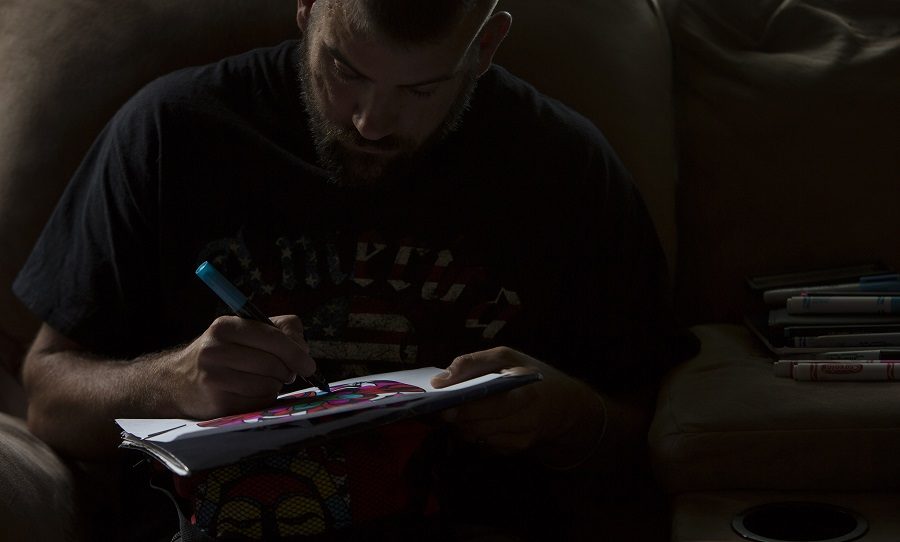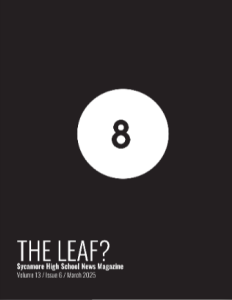Social media causes depression
APATHY. There are many forms of depression based on how the disorder is formed. A few forms include: Major Depression, Persistent Depressive Disorder, Bipolar Disorder, Seasonal Affective Disorder (SAD), Psychotic Depression, Peripartum (Postpartum) Depression, Premenstrual Dysphoric Disorder (PMDD), ‘Situational’ Depression, and Atypical Depression. Other mental health issues can be paired with depression. “”Although a recent federal task force recommended screening for depression in young people 12 to 18 years of age, screening is far from universal,” said Dr. Mark Olfson ‘CNN”.
March 7, 2017
About nine percent of American adults suffer from depression, compared to the 20 percent of teenagers. Many experts and parents have said that the sudden increase in depression is due to the use of social media.
Researchers have found a correlation between the amount of time a person spent on social media and the risk of developing depression. They found that the participants who checked their social media the most were 2.7 times more likely to be depressed than those who checked less.
“I created my ‘spam’ account a few months ago and then deleted it because I was afraid of people I didn’t know seeing it,” said Lindsay Tacy 12.
However many have argued that those who were already depressed went to social media as an outlet and therefore the findings were false. But the brief feelings of “depression” that many teens feel and use social media as an outlet are not the actual mental disorder.
These brief feelings are often caused by a major relationship bump or break up, family issues, or losses of close friends or family members. These feelings can develop into major depressive disorder; however, most of the time, the feelings resolve once the crisis is over.
“I’ve had mine for about two years now but now its starting to become trendy with the more popular kids, which is kinda annoying because they think they started the trend,” said Sarah Gilmore 11.
Many teenagers at SHS have created separate accounts apart from their main to express their personal feelings and only have a few close friends follow them. This trend has been most commonly seen on Instagram calling these accounts their ‘finsta’. This trend started as early as two years ago yet has become more popular recently.
“I mostly only allow my close friends follow the account but as of late I’ve let more of my less close friends follow it as well,” Gilmore said.
If feelings of apathy, hopelessness, sadness, and more persist on a daily basis for weeks and months on end after the crisis occurs then those feelings may have evolved into an actual mental health issue.
The most recent research has only been done on developing depression as opposed to those who already have the disorder. Conclusions so far show a positive correlation between use of social media and risk of depression.







